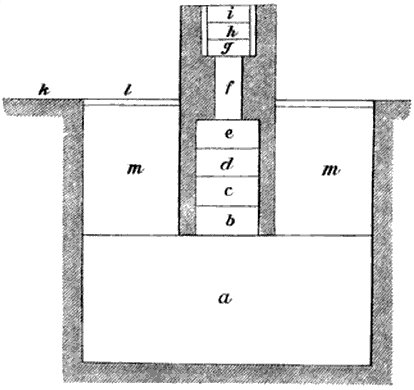Cambarysu on:
[Wikipedia]
[Google]
[Amazon]
 The cambarysu was a drum which Jose Bach said he saw the Catuquinaru tribe of
The cambarysu was a drum which Jose Bach said he saw the Catuquinaru tribe of
''Mataura Ensign'', issue 520, 13 December 1898, page 4] In the late 1890s and early 1900s, several journals reported on the device,''Sketch: A Journal of Art and Actuality'', volume 23 (October 12, 1898), page 514 although some scholars expressed scepticism that it existed and functioned as described, as no other Europeans reported it.
 The cambarysu was a drum which Jose Bach said he saw the Catuquinaru tribe of
The cambarysu was a drum which Jose Bach said he saw the Catuquinaru tribe of Brazil
Brazil ( pt, Brasil; ), officially the Federative Republic of Brazil (Portuguese: ), is the largest country in both South America and Latin America. At and with over 217 million people, Brazil is the world's fifth-largest country by area ...
use, when he visited them in 1896–97, to communicate between villages": telefono dei Catuquinarú p'' (1898)''Nordisk tidskrift för vetenskap, konst och industri'' (1899), edited by Claes Annerstedt, Oscar MonteliusRichard Hennig, ''Telegraphensysteme der Naturvoelker'', in ''Prometheus: Illustrierte Wochenschrift über die Fortschritte'', volume 20, number 1013 (24 March 1909)
It consisted of a hollow palm-wood cylinder about 1 m deep and 40 cm in diameter, filled with a layer of fine sand at the bottom, then a layer of pieces of wood, pieces of bone, and pulverised mica, with a narrow empty space above it, capped by leather, then wood, and then rubber on top.Enrico Hillyer Giglioli, ''Il "Cambarysú": telefono dei Catuquinarú dell'Amazzonia'' (1898) It was half buried in a hole in the ground, surrounded by pieces of wood, bone and other debris (covered at ground level with rubber), and resting on a bed of packed coarse sand.
Bach reported that one was located in the house of the chief of each village, and that when the device was drummed, the vibrations (travelling through the earth) could be heard (only) on the devices in other villages, up to 1.5 km away.''The original of the telephone''''Mataura Ensign'', issue 520, 13 December 1898, page 4] In the late 1890s and early 1900s, several journals reported on the device,''Sketch: A Journal of Art and Actuality'', volume 23 (October 12, 1898), page 514 although some scholars expressed scepticism that it existed and functioned as described, as no other Europeans reported it.
References